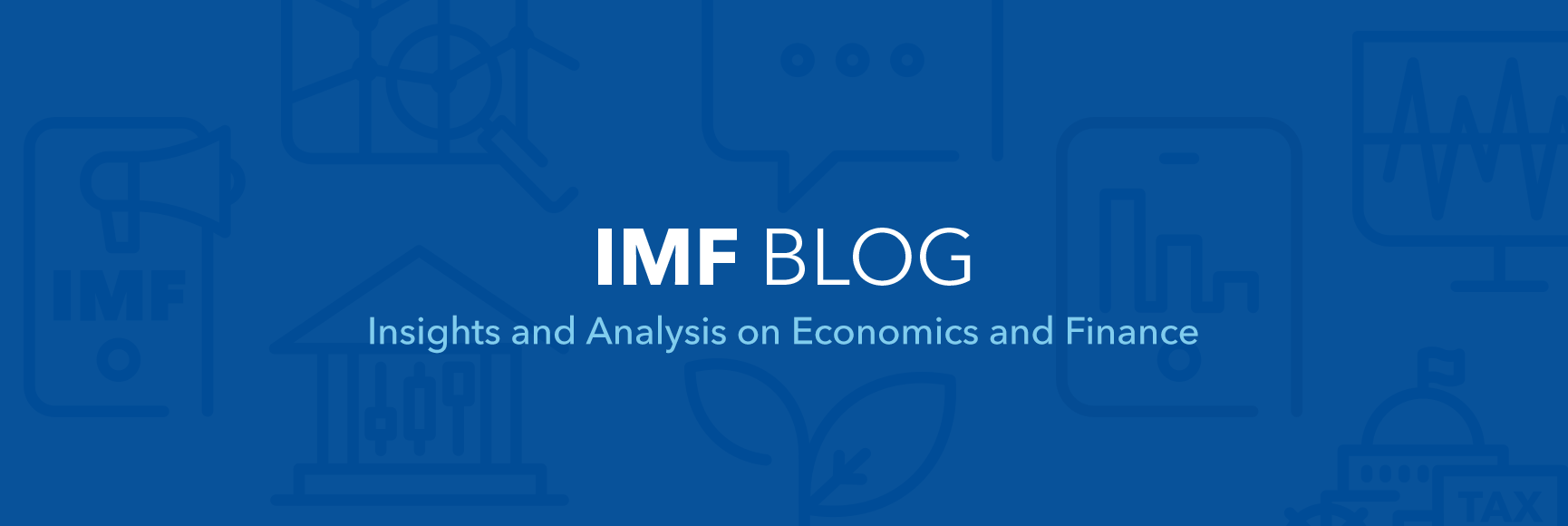Almost unnoticed, amid the difficulties in western Europe, the other half of the continent has begun to recover from the deepest slump in its post-transition period. The emerging economies in central and eastern Europe will grow by 3¾ percent this year and next—a relief after the 6 percent decline in 2009.
Why was the crisis so severe—and how do we avoid a repeat? We consider just that question in our fall 2010 Regional Economic Outlook: Europe. While the crisis was triggered by external shocks, it is clear that domestic imbalances and policies also played a key role.
After Lehman Brothers defaulted in September 2008, global trade collapsed, capital inflows into the region plummeted, credit growth suddenly stopped, and domestic demand plunged.
But pre-crisis domestic imbalances and policies made a difference in how these shocks affected each country’s economy. Some countries saw declines in gross domestic product (GDP) similar to those in the Great Depression (Estonia, Latvia, Lithuania, Ukraine), while others avoided declines altogether (Albania, Poland).
Origins of the crisis
The seeds of the crisis were sown, in large part, in the five years before the crisis. Between 2003 and 2008, much of the region experienced a boom in bank credit, asset prices, and domestic demand. This boom was fueled and financed by large capital inflows.
With low interest rates in advanced countries, banks in western Europe expanded aggressively into emerging Europe—where returns were higher. And, while the influx of capital boosted growth, it also led to rising imbalances and vulnerabilities.
- Current account deficits increased to unprecedented levels in some countries, and inflation accelerated.
- Substantial vulnerabilities emerged in bank and household balance sheets, particularly because much of the borrowing was in foreign currency.
The boom years had left much of the region addicted to foreign-financed credit growth, making it very vulnerable to a disruption in capital inflows.
High-cost experience
The first lesson of the crisis is one that is unfortunately not new. Boom-bust credit cycles can be very costly, so it is essential to prevent credit booms from getting out of hand.
Indeed, countries that experienced the fastest credit growth during the boom years saw the deepest recessions. And it now appears that average GDP growth over the full business cycle in this group was no higher, and in some cases was lower, than in countries with more modest credit growth.
How to restrain credit booms
Controlling credit growth is not easy. Prudential measures alone rarely do the trick, particularly in small countries easily overwhelmed by foreign capital inflows. Fixed exchange rates often impose further constraints. Indeed, it is striking that the strongest credit growth during the boom years took place in countries with fixed exchange rate regimes. This is partly because countries with fixed exchange rates don’t have the full range of monetary policy tools to restrain credit booms once they set in.
Fixed exchange rates are not the cause of credit booms—there were also some countries with fixed exchange rate regimes that did not have a credit boom. But fixed exchange rates do make it harder to stop credit booms, particularly in the presence of large capital inflows.
Closer cooperation with supervisors in western Europe can help prudential measures become more effective. Credit booms driven by capital flows from western European parent banks are hard to stop, especially when faced with supervisors only from the (often smaller) recipient country.
Building up fiscal buffers
The second major lesson is the need for more prudent fiscal policy. This is a policy of saving money when revenues are growing instead of increasing spending and boosting public wages. Prior to the crisis, fiscal positions in emerging Europe looked good—better than in other emerging market regions. But those good-looking headline numbers masked a deterioration of the underlying fiscal position. Public expenditure was surging, financed by a temporary revenue boom. This not only further contributed to overheating; it also set the stage for large fiscal deficits. So when revenue plummeted in 2009 and fiscal deficits increased sharply, many countries had no choice but to cut spending precisely when this was most painful.
When revenue takes off during the next boom, it should be used to build up fiscal buffers rather than boost expenditure. Politically, this may be very challenging—when revenues abound there is strong pressure to increase expenditure or cut taxes—but this will help dampen the boom and create fiscal space that can be used to soften the impact of the next recession.
In search of balanced growth
Going forward, growth in the region should become more balanced, and less dependent on domestic demand and capital inflows. Much of the shift will come about through private sector actions. Now that profits in the nontradable sector (finance, real estate, construction) have shrunk, investments will seek more promising venues. More balanced macroeconomic policies and wage restraint can also help maintain balanced growth by preventing the overheating that pulls resources from the tradable to the nontradable sector.
Above all, it will be important—when the next boom comes—to be wary of claims that “this time will be different.” Such narratives often have some plausibility and attractiveness in the heat of the moment. But a careful analysis of the drivers of growth, current account deficits, asset price developments, and credit growth should always be used as a “reality check.”



